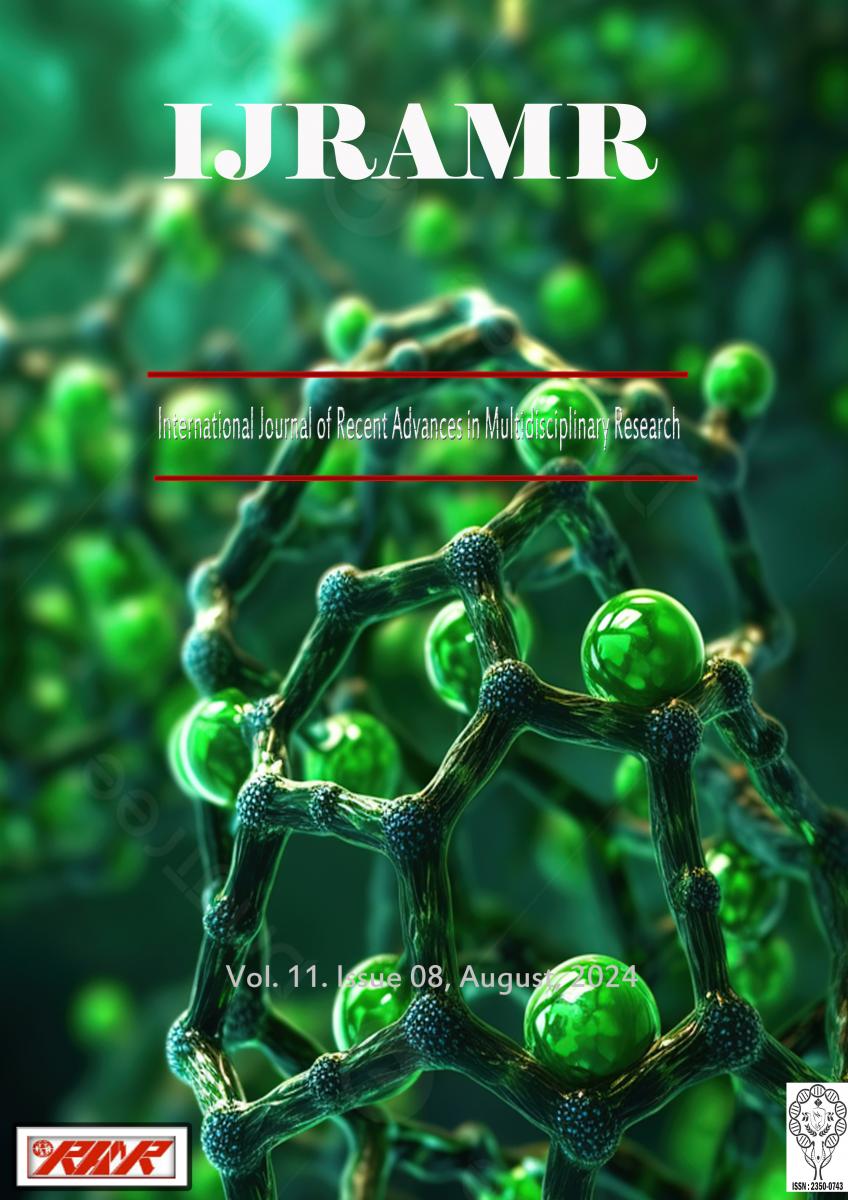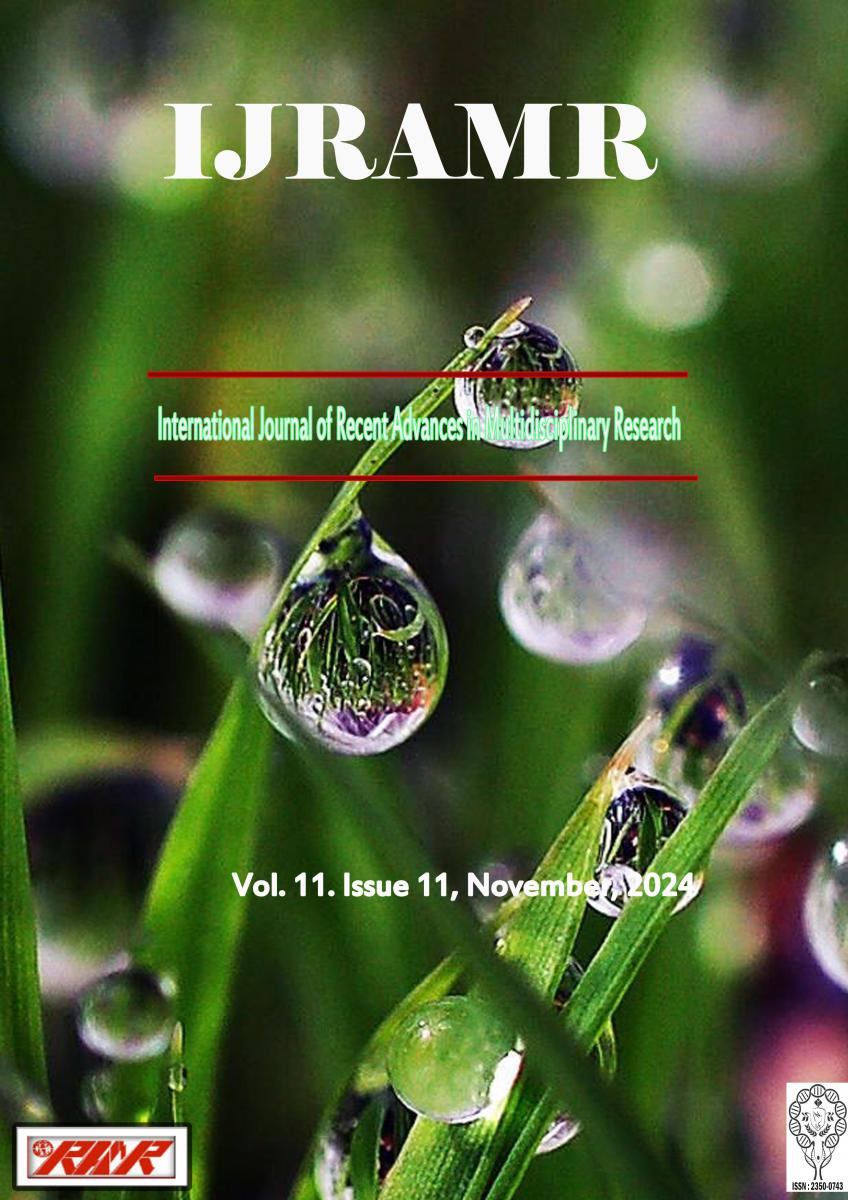Background: Healthcare burden of nations across the globe are on a steady rise, governments and individuals are seeking solutions, which are efficient and affordable and evidence shows that leaves have something to offer. Aims: A comparative analysis of the nutritional and chemical composition of seven leaves used to manage diseases in south eastern Nigeria were analyzed. The findings will help to encourage right choices and easy access of consensus evidence to healthcare professionals and decision makers. Study design: Systematic Review. Methodology: A systematic review and theory is of community approach to intervention services was adopted. Peer reviewed evidence that the compositions of the leaves were collated and analyzed. Search engines were Google, Google scholar, Firefoxand Yahoo. Results: The leaves had rich macro and micronutrients. Evidence of some of the leaves showed they have disease control potency though not comparable to modern medicine, being highly dose-dependent. Highest concentration of carbohydrates occurred in Carica papaya with 73.50% while Plukenetia conophora has the lowest, 20.94%. Tetrapleura tetraptera showed the highest protein content, 19.75% with Chrysophyllum albidum having the least, 7.45%. Highest crude fat, 24.00% occurred in Anacardium occidentale, the least occurred in Tetrapleura tetraptera, 0.52%. Fibre concentration was highest in Plukenetia conophora, 14.94%, Anacardium Occidentale, 3.40% came last. A disproportionate level of ash occurred in Annona muricata, 14.96%, Carica papaya had lowest score; 1.92%. The largest amount of nitrogen occurred in Anacardium occidentale, 54.98. Outcome can be beneficial to users. Conclusion: The leaves are rich in nutrients, which have capacities to manage diseases.






